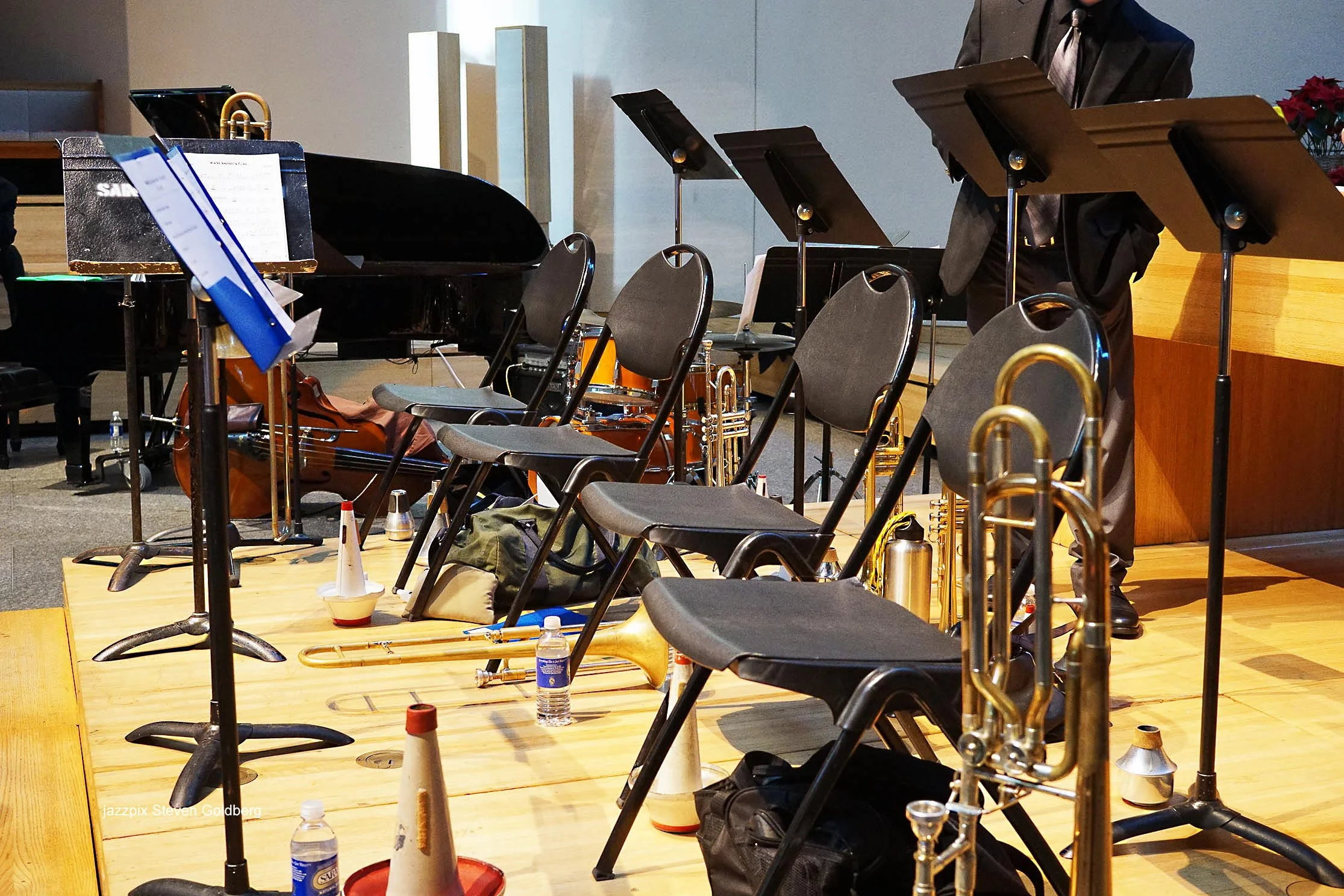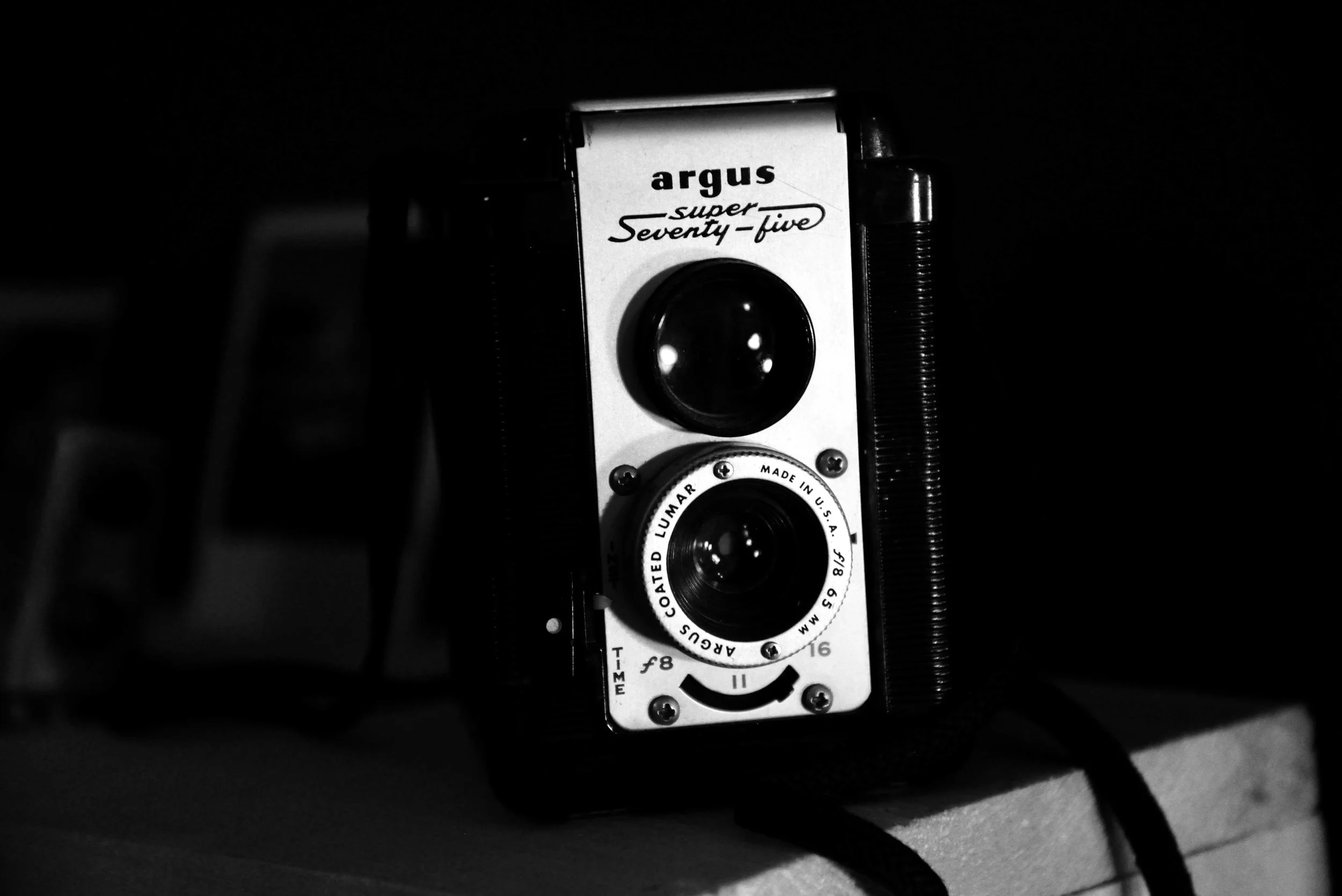Album Review: The Chase - Dr. Debra Jan Bibel
Publication Date: April 8, 2014
Author: Dr. Debra Jan Bibel
What is the difference between a jazz big band and jazz orchestra? Mainly history, as "big band" is associated with the 1930s to 1960s, and "jazz orchestra" is the term of choice today. But there is another distinction, one in which David White and the 17-member David White Jazz Orchestra excel: complex interactive sectional writing, as in a classical orchestra. Although this album, the second from the Orchestra, is essentially a big band of trumpets, trombones, saxophones plus drums, bass, and piano, the tracks have the ensemble break down into small groupings plus soloists, with the full orchestra adding punch at times. Like with the Maria Schneider Orchestra, there is sophistication and orchestral color. David White is a New Yorker whose trombone training at the Purchase College Conservatory included performances with classical, Latin, and jazz groups. He gained further appreciation of orchestration from his membership in the Charli Persip and Valery Ponomarev Big Bands. All the compositions here are his originals.
The album opens with a fast moving, driving tune lead by a tenor saxophone, drums, and piano that is carried on by trumpet; the instruments are reduced to a piano and then stops. The second piece of four meshing melodies features piano and later trumpet solos; influenced by Charles Mingus and gospel shouts, it fades at the end. Next, a duet of trombone and tenor saxophone is the core. Piano and drums keep the movement, a joyous urbane swirl, flowing while sonorous harmony from the other instruments add emphasis; it too ends quietly. Persistence, track 4, is said to have been suggested by Steve Reich's Music for 18 Musicians and its propulsive sections. Here, with 16-bar structure, the piece gallops with full brass flourishes and drum solo. The Orchestra gets a tad funky with the 24-bar The Shakedown, with alto saxophone and trombone taking the solos. The final piece of this 34-minute album is Blues for Sally Draper, named after a character on TV's Mad Men series. It is taken slow, with walking bass, solo trombone and alto saxophone laying down the melody until piano and then the full band adds volume and energy. This is a grand composition to end a very satisfying album. White regards the album as a story arc, with all the tracks reflecting his now developed 'true voice.' The David White Jazz Orchestra proves its musicianship. Some of its members are decades old friends of White. Together, they have made a strong statement, which when coupled with their earlier album, proclaims a new voice in the big band, er, jazz orchestra tradition. -Dr. Debra Jan Bibel



